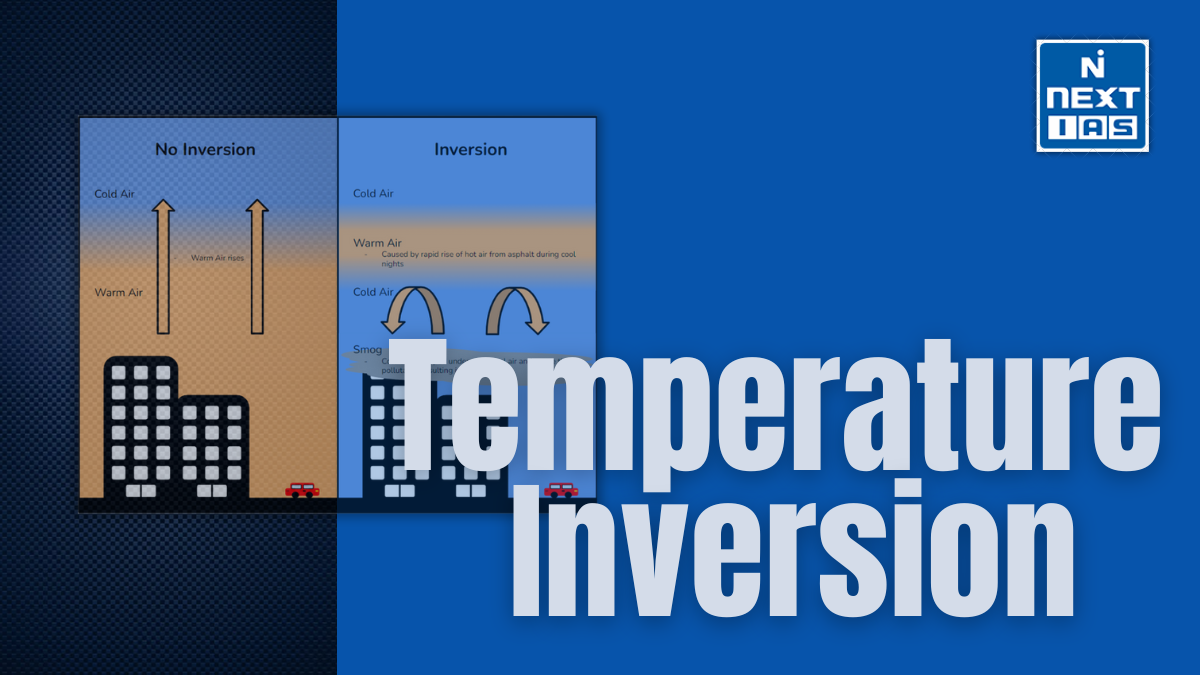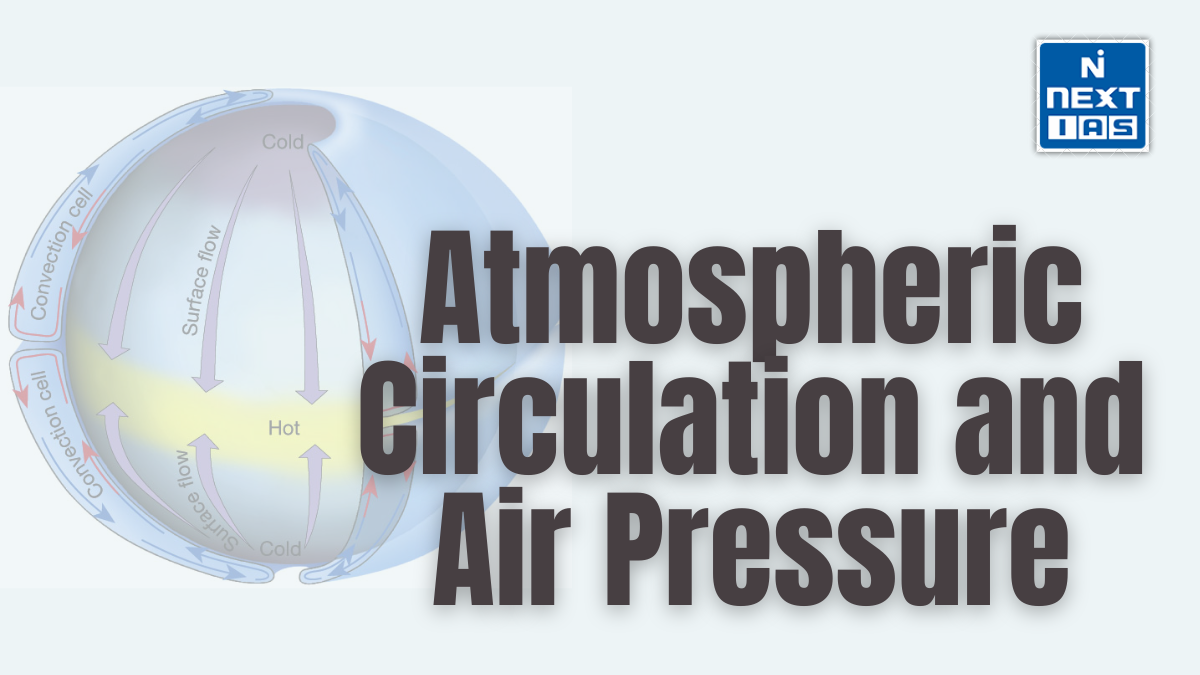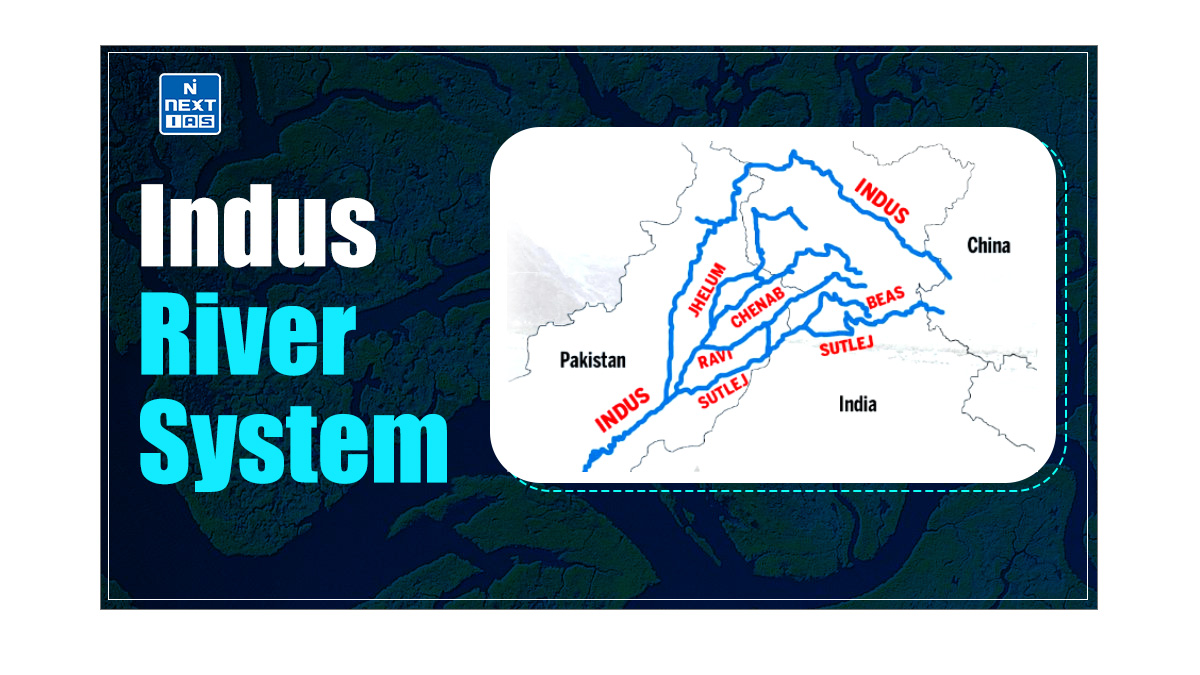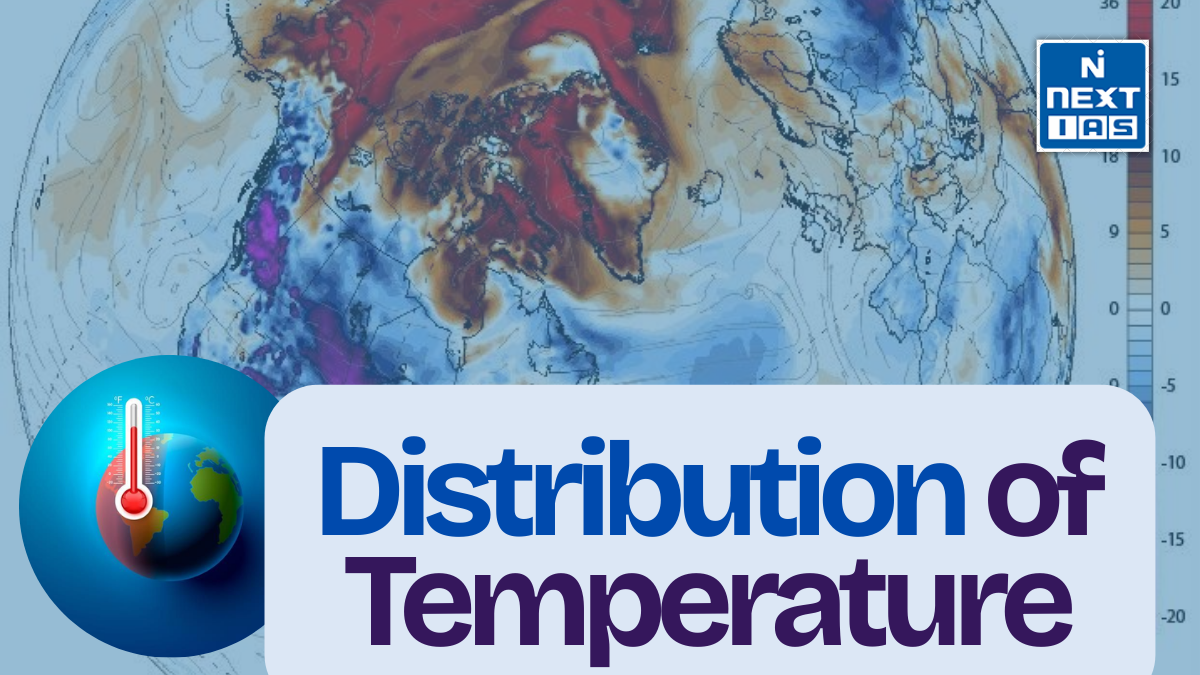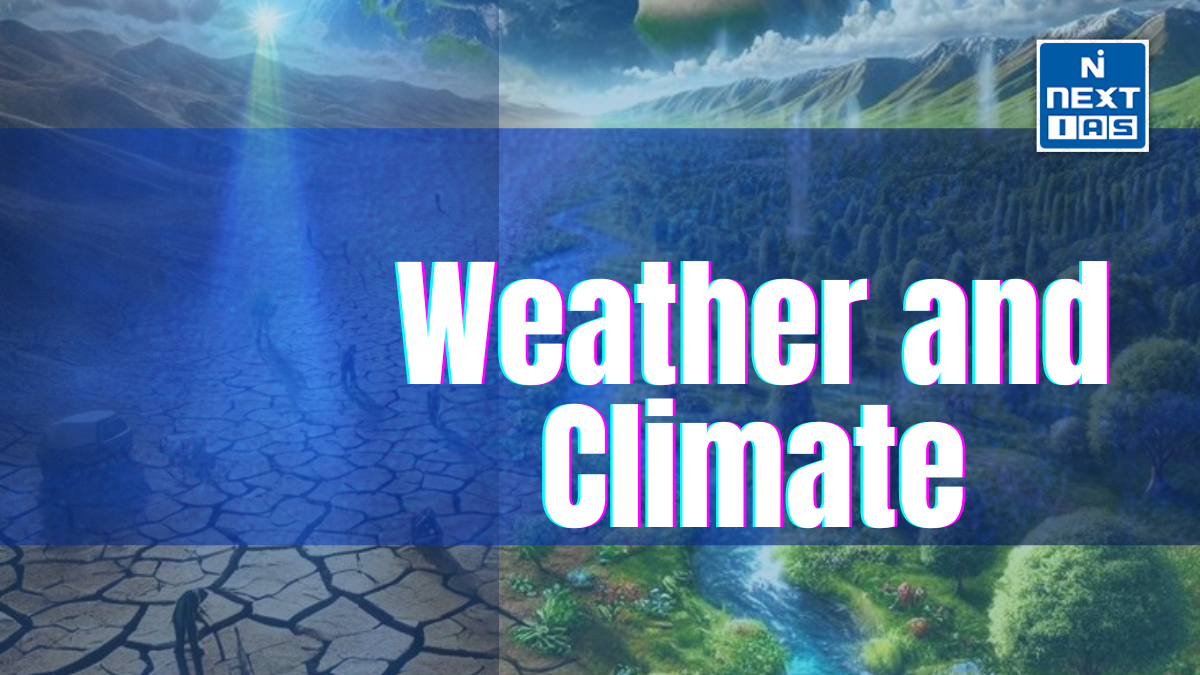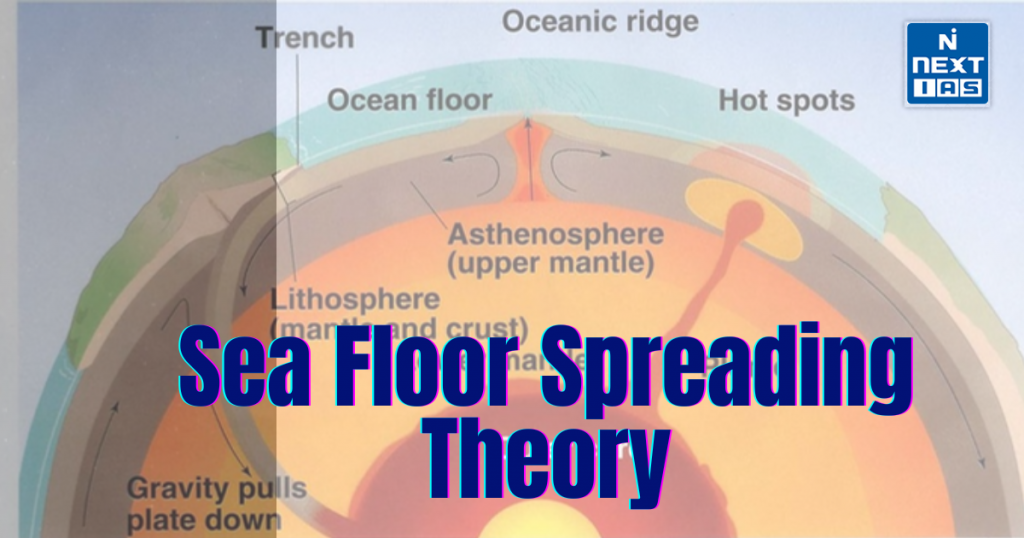
The Sea Floor Spreading Theory, proposed by Harry Hess in the 1960s, suggests that new oceanic crust is formed at mid-ocean ridges through volcanic activity and spreads outward, pushing older crust away. This process explains the movement of tectonic plates, the expansion of oceans, and the configuration of continents.
About the Sea Floor Spreading Theory
- The Sea Floor Spreading Theory, proposed by Harry Hess in the early 1960s, explains how new oceanic crust is formed at mid-ocean ridges and spreads outward, causing the ocean floor to gradually expand.
- According to the theory, magma rises from the mantle at these ridges, solidifies as it cools, and creates a new crust. As more magma continues to emerge, it pushes older crust away from the ridge, causing the sea floor to “spread” over time.
- This process occurs along divergent plate boundaries, where tectonic plates are moving apart. The theory provided a mechanism for continental drift, offering evidence that continents are not fixed but are instead drifting as the ocean floor moves beneath them.
- Sea floor spreading also explains the symmetrical magnetic striping found on opposite sides of mid-ocean ridges, supporting the idea of seafloor formation and the reversal of Earth’s magnetic field.
- Sea floor spreading contributes to the larger theory of plate tectonics, which governs the movement of Earth’s lithospheric plates. It has had a profound impact on our understanding of oceanography, geology, and the dynamic nature of Earth’s surface.
Evidence of Sea Floor Spreading Theory
The Sea Floor Spreading Theory is supported by several lines of evidence that confirm the process of new oceanic crust formation and its outward movement from mid-ocean ridges. Key evidence includes:
Magnetic Striping on the Ocean Floor
- Symmetrical patterns of magnetic reversals are found on either side of mid-ocean ridges. As new crust forms, it records the Earth’s magnetic field, which periodically reverses. These magnetic anomalies are mirrored on both sides of the ridge, providing clear evidence of seafloor spreading.
Age of Oceanic Crust
- The age of oceanic crust increases with distance from the mid-ocean ridges. Newly formed crust at the ridges is youngest, and as you move farther away, the crust becomes progressively older. This supports the idea that new crust is continuously being created at the ridges and spreading outward.
Seafloor Sediment Thickness
- Sediment deposits on the ocean floor are thinnest near the mid-ocean ridges and become progressively thicker as you move farther away. This indicates that the crust near the ridges is newer and has had less time to accumulate sediments, while older crust farther from the ridges has accumulated more.
Earthquake and Volcanic Activity
- Earthquakes and volcanic eruptions frequently occur along mid-ocean ridges and subduction zones, areas where seafloor spreading is active or where older oceanic crust is being recycled back into the mantle. These geological activities align with the movement of tectonic plates and the formation of new oceanic crust.
Ocean Floor Mapping
- Detailed sonar mapping of the ocean floor reveals the presence of mid-ocean ridges, deep ocean trenches, and faults, which are consistent with the theory of seafloor spreading. The discovery of underwater mountain ranges and rift valleys further supports the idea of continuous crust formation and spreading.
Hotspots and Volcanic Chains
- The existence of volcanic island chains like the Hawaiian Islands is also evidence of seafloor spreading. As the oceanic plate moves over a stationary hotspot, a series of volcanoes form. The position of these islands correlates with the movement of tectonic plates, indicating seafloor spreading.
These lines of evidence collectively reinforce the Sea Floor Spreading Theory and provide essential support for the broader Plate Tectonics model, which explains the movement of Earth’s lithosphere.
Characteristics of Sea Floor Spreading Theory
The Sea Floor Spreading Theory explains the continuous process of oceanic crust formation and its outward movement from mid-ocean ridges. The key characteristics of this theory include:
Formation of New Oceanic Crust
- Magma rises from the Earth’s mantle at mid-ocean ridges, where it cools and solidifies to form new oceanic crust. This process continually creates fresh crust along these ridges.
Outward Movement of Crust
- As new crust forms at the ridges, it pushes the older crust away from the ridge. This movement causes the ocean floor to spread, with older crust located further from the ridges and newer crust near the ridges.
Symmetrical Magnetic Stripes
- The ocean floor exhibits symmetrical patterns of magnetic anomalies on either side of mid-ocean ridges. As new crust forms, it records Earth’s magnetic field, which has periodically reversed. These magnetic patterns are mirrored on both sides of the ridge, providing evidence of seafloor spreading.
Symmetrical Magnetic Stripes
- The ocean floor exhibits symmetrical patterns of magnetic anomalies on either side of mid-ocean ridges. As new crust forms, it records Earth’s magnetic field, which has periodically reversed. These magnetic patterns are mirrored on both sides of the ridge, providing evidence of seafloor spreading.
Evidence of Seafloor Aging
- The oceanic crust is youngest at the mid-ocean ridges and becomes progressively older as it moves away from the ridges. This aging pattern supports the idea that new crust is continuously created at the ridges and spreads outward.
Sea Floor Features
- The ocean floor features rift valleys at mid-ocean ridges, where the crust is being pulled apart. These valleys are often surrounded by underwater mountain ranges, which are the result of tectonic plate movement and seafloor spreading.
Plate Tectonics Connection
- Sea floor spreading is a key component of the broader Plate Tectonics Theory, which explains the movement of Earth’s lithospheric plates. The spreading of the ocean floor at mid-ocean ridges is a manifestation of tectonic plate divergence.
Geological Activity at Boundaries
- Seafloor spreading is linked to the occurrence of earthquakes and volcanic activity along mid-ocean ridges and other plate boundaries. These geologic events are a result of the movement and interactions of tectonic plates.
Subduction and Recycling of Crust
- As oceanic crust spreads and moves away from the ridges, it eventually sinks back into the mantle at subduction zones, where it is recycled. This process balances the creation of new crust with the destruction of old crust.
These characteristics highlight the dynamic and continuous nature of seafloor spreading, shaping Earth’s oceanic and continental features over geological time.
Significance of Sea Floor Spreading Theory
The Sea Floor Spreading Theory has significant implications for our understanding of Earth’s geology, the movement of tectonic plates, and the formation of Earth’s oceanic and continental features. Some of its key significance includes:
Foundation for Plate Tectonics
- Sea floor spreading provided crucial evidence for the development of the Plate Tectonics Theory, explaining the movement of Earth’s lithospheric plates and their interactions. It helped establish the idea that Earth’s surface is divided into several large, moving plates.
Understanding Continental Drift
- The theory offered a mechanism for continental drift, explaining how continents move apart as new oceanic crust forms at mid-ocean ridges. It supported the ideas proposed by Alfred Wegener in the Continental Drift Theory, connecting the movement of continents with the spreading ocean floor.
Insights into Ocean Formation and Expansion
- Sea floor spreading explains the expansion of oceans and the opening of ocean basins over time. It shows how new oceanic crust is continuously created, leading to the gradual widening of ocean floors, such as the Atlantic Ocean.
Evidence for Earth’s Dynamic Nature
- The theory demonstrated that Earth is geologically active and constantly changing. It challenged earlier concepts of a static Earth, showing that seafloor formation and spreading are ongoing processes that continuously reshape the planet’s surface.
Seismic and Volcanic Activity
- Sea floor spreading provides insight into the cause of seismic and volcanic activity. It explains how these phenomena occur along plate boundaries, particularly at mid-ocean ridges and subduction zones, where plates interact and create geological disturbances.
Ocean Floor Mapping and Resources
- The theory promoted the study of the ocean floor and led to the development of new techniques for mapping underwater features like mid-ocean ridges, rift valleys, and deep-sea trenches. This has helped in the exploration of natural resources like oil, gas, and minerals found on the ocean floor.
Advancements in Earth Sciences
- The Sea Floor Spreading Theory revolutionized the study of geology, oceanography, and geophysics. It contributed to the development of new research methods, such as sonar mapping, magnetometer surveys, and paleomagnetic studies, allowing scientists to study Earth’s internal structure and its dynamic processes more effectively.
Influence on Other Scientific Fields
The theory has influenced various scientific fields, including paleobiology, by providing an explanation for the distribution of fossils across different continents. It also supports studies in climatology, helping to understand how Earth’s climate has changed in response to tectonic movements over millions of years.
In summary, the Sea Floor Spreading Theory has had a profound impact on our understanding of Earth’s geological processes, contributing to the broader field of plate tectonics and providing valuable insights into the planet’s history and structure.
Way forward
The way forward for the Sea Floor Spreading Theory involves further exploration of the ocean floor using advanced technologies like deep-sea drilling and remote sensing. Continued study of plate tectonics, magnetic anomalies, and seismic activity will deepen our understanding of Earth’s dynamic processes, including crust formation and recycling.
GS - 3
